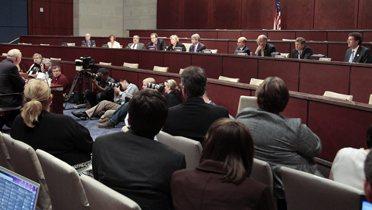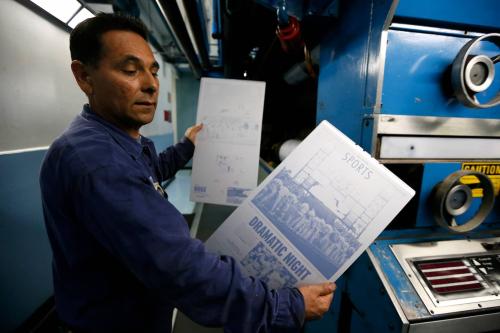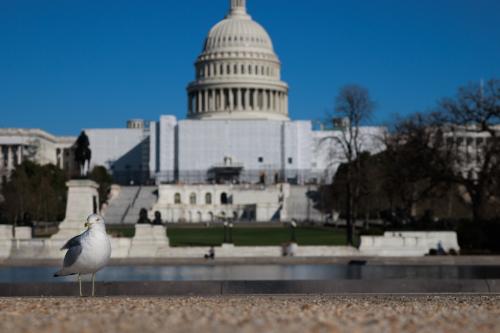Executive Summary
Early advocates for public, educational, and governmental access media (PEG), categorized here as “public community media,” envisioned that it would empower local civic groups through improved meeting coverage.
Unfortunately, the current reality has come up far short of the original promise. Economically, the technology proved prohibitively costly for civic groups to incorporate into their meetings. Politically, public officials had minimal incentive to make media available to civic groups over whom they didn’t have editorial control. The economic and political reasons reinforced each other in that the high cost of making public media available to civic groups, combined with the need for extensive government staff support, gave public officials a compelling excuse and means to exert the editorial control they sought.
Fortunately, new information technology is revolutionizing the economics and politics of meeting media, making it possible to cover face-to-face meetings at negligible cost and without the need for government controlled technical experts. Moreover, meeting participants can be empowered to participate in ways undreamed of by the early public community media advocates.
We can now imagine a world where webcasting a public meeting in a public building is as easy and inexpensive as flipping on a light switch, and where searching the contents of public meetings is as easy and inexpensive as a Google search.
We are clearly entering a new era of blended meetings, where meetings incorporate both face-to-face and cyberspace components in ways previously impractical or even impossible. However, for the democratic potential of this revolution in meeting technology to be realized, the public policy framework for public community media needs to be dramatically reformed.
So how should public media be redesigned to empower local civic groups? I lay out twelve recommendations:
- Meeting Media Automation. Community media equipment should be designed to operate on a completely automated basis to eliminate the need for expertise and expensive labor.
- Open and Extensible Meeting Software. The software to control community media equipment should be open and extensible so that additional meeting functionality can easily be added by third parties.
- Interactive Meeting Media. Community meeting media should include not only broadcast TV but also interactive media, including voting devices, Wi-Fi, and flat screen TVs connected to the Internet, with remote participants able to largely replicate the public meeting media experience via the Internet.
- Meeting-Friendly Public Spaces. Library meeting rooms, school auditoriums, and public access facilities should be designed to be meeting-friendly to civic groups.
- Building Codes for Public Meeting Rooms. For government facilities substantially or primarily used for public meetings (“public meeting anchor institutions”), meeting technology should be included in building codes just like requirements for smoke detectors, exit signs, and electrical outlets.
- Equity in Access to Meetings. To level the playing field between those with and without convenient physical access to public meetings, high quality remote access should be available.
- Equity in Access to Meeting Equipment. Civic groups should be able to borrow inexpensive mics and clickers using the same infrastructure that allows citizens to borrow books from libraries.
- Web-Centric Meeting Media. Community meeting media should be web, not cable TV, centric.
- Civic Group Control of Meeting Media. Any government monopoly power on the use of public meeting media should be reduced as much as is feasible.
- Checks & Balances Institutions for Meeting Places & Media. Public community meeting places and media should be implemented by checks & balances institutions.
- Public Bodies Covered by State Open Meeting Laws. State open meeting laws should be revised to include in the definition of public bodies quasi-government bodies such as state mandated advisory groups, commissions, and ad hoc committees.
- Federal Government Public Meetings. Although this essay focuses on local public media, the same principles apply to federal public media.



